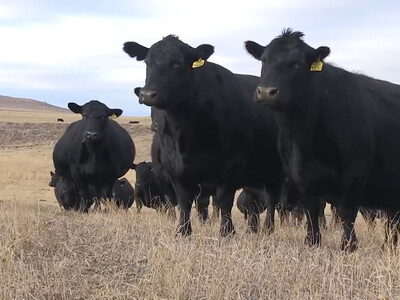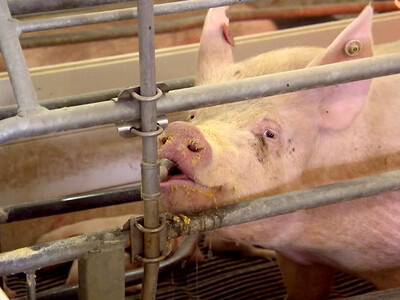Growing Demand In China Dominates Global Beef Trade
China has replaced the U.S. as the world's leading beef importer as Chinese beef imports in 2018 exceeded total U.S. beef imports. If Hong Kong is included along with mainland China, total China/Hong Kong imports were larger than U.S. beef imports beginning in 2017.Total world beef imports have increased by 17.7% in the five years from 2015 to projected 2019 totals. Over that same period, beef imports in China increased 153.4% along with a 62.2% increase in beef imports into Hong Kong leading to a 122.6% increase in beef imports in the China/Hong Kong region. By contrast total beef imports into the U.S. decreased by an estimated 12.3% over the 2015-2019 period. Increased beef imports into China alone accounted for over 75% of the net increase in total world imports in this five-year period.
In 2015, China accounted for 8.7% of world beef imports, and including Hong Kong brought the 2015 share to 13.1%. Total U.S. beef imports in 2015 accounted for 20.0% of global beef imports. Projections for 2019 show China importing 18.7% of global beef imports and along with another 6.1% of imports into Hong Kong means that the China/Hong Kong region currently accounts for a 24.8% share of world beef imports. U.S. beef imports are projected to account for 14.9% of world beef imports in 2019.
The rapid growth in Chinese beef imports has dramatically altered global beef flows with several countries now exporting a significant share of total exports to China. China receives the majority of beef imports from Brazil, Uruguay, Argentina, Australia, and New Zealand.
Number one beef exporter Brazil currently ships about 22% of total exports to China and accounts for 31% of total Chinese beef imports. Brazil sends another 17% of beef exports to Hong Kong. Uruguay is currently the eighth largest beef exporting country but sends about 70% of exports to China and accounts for 21% of Chinese beef imports. Argentina, currently the sixth largest beef exporting country sends about 65% of total beef exports to the China/Hong Kong region.
Argentina accounts for 17% of Chinese beef imports. Number two exporter Australia ships 16% of total beef exports to China and accounts for 17% of beef imports into China. New Zealand, the number five beef exporter, sends 26% of total exports to China and accounts for 11% of total beef imports into China.
Notably absent from the sources of Chinese beef imports are North American beef exporters. About 2% of Canadian beef exports move to China while China accounts for less than one percent of U.S. and Mexican beef exports. Hong Kong is an important export market for Canada (6% of exports); the U.S. (10%) and Mexico (4%).
Numerous factors account for the lack of U.S. market share in China. Despite receiving access to the Chinese market in 2017, U.S. beef exports have shown almost no growth. This is partly due to the need to develop markets in China for higher quality/more expensive U.S. beef.
Destined to be a lengthy endeavor, this process has been completely interrupted by the trade war and the additional tariffs currently in place in China for U.S. beef. Restrictions on production technology allowed in beef exported to China (implants, beta agonists, etc.) mean that the supply of U.S. beef available for the Chinese market is limited. The U.S. is currently caught in a chicken and egg situation of not having much supply for the Chinese market and not having enough market potential to warrant increased production to meet Chinese demand. Nevertheless, it is important for the U.S. to participate in the growing Chinese beef market. At current levels, if the U.S. could achieve a 10% market share of Chinese beef imports, it would add over 11% to total U.S. beef exports.
Source: Drovers


















